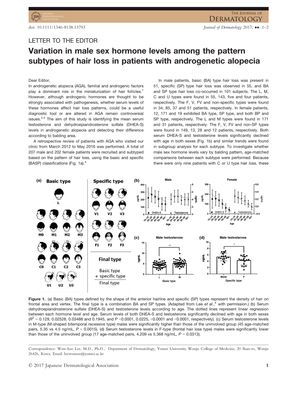TLDR Different hair loss patterns may be linked to varying male hormone levels.
This study aimed to identify the mean serum testosterone and dehydroepiandrosterone sulfate (DHEA-S) levels in androgenetic alopecia (AGA) and detect their difference according to balding area. A retrospective review of patients with AGA who visited the clinic from March 2012 to May 2016 was performed. A total of 207 male and 202 female patients were recruited and subtyped based on the pattern of hair loss. Serum testosterone levels were significantly higher in M type than L type hair loss and lower in F type than non-SP type hair loss in male patients. There was no significant difference in female patients. The study proposes the hypothesis that the serum testosterone level is associated with balding area and the sensitivity of hair follicles toward androgenic hormone could be different between those located in the bitemporal and frontal area. Further investigation is needed to validate the possible link between serum testosterone level and the pattern of hair loss.
 35 citations
,
January 2014 in “Postepy Dermatologii I Alergologii”
35 citations
,
January 2014 in “Postepy Dermatologii I Alergologii” DHT's role in hair loss is important, but measuring its level for diagnosis is questionable.
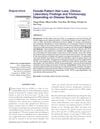 28 citations
,
January 2012 in “International Journal of Trichology”
28 citations
,
January 2012 in “International Journal of Trichology” Genetics affect early female hair loss, severity depends on duration, and low ferritin levels not significant.
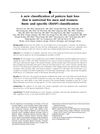 125 citations
,
May 2007 in “Journal of The American Academy of Dermatology”
125 citations
,
May 2007 in “Journal of The American Academy of Dermatology” The BASP classification is a detailed and accurate way to categorize hair loss in both men and women.
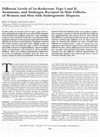 416 citations
,
September 1997 in “Journal of Investigative Dermatology”
416 citations
,
September 1997 in “Journal of Investigative Dermatology” People with hair loss have more androgen receptors and enzymes in certain follicles, with men and women showing different patterns.
 February 2025 in “East African Scholars Journal of Medical Sciences”
February 2025 in “East African Scholars Journal of Medical Sciences” Higher testosterone and DHEA-S levels may be linked to male pattern baldness.
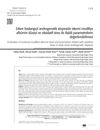 1 citations
,
December 2017 in “Turkderm”
1 citations
,
December 2017 in “Turkderm” People with a family history of hair loss are more likely to experience it, and the severity of hair loss is linked to insulin resistance. The connection between early hair loss and oxidative stress needs more investigation.
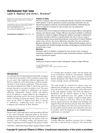 29 citations
,
August 2008 in “Current Opinion in Pediatrics”
29 citations
,
August 2008 in “Current Opinion in Pediatrics” Hair loss in teenagers is hard to treat and lacks a cure, with some treatments available depending on the type of hair loss.
 September 2023 in “Journal of The American Academy of Dermatology”
September 2023 in “Journal of The American Academy of Dermatology” Adolescents with hair loss show different hormone levels by sex and often have related metabolic issues.
 March 2025 in “Archives of Dermatological Research”
March 2025 in “Archives of Dermatological Research” Early-onset hair loss in Egyptian males is linked to genetics, hormones, and lifestyle factors like smoking and diet.
